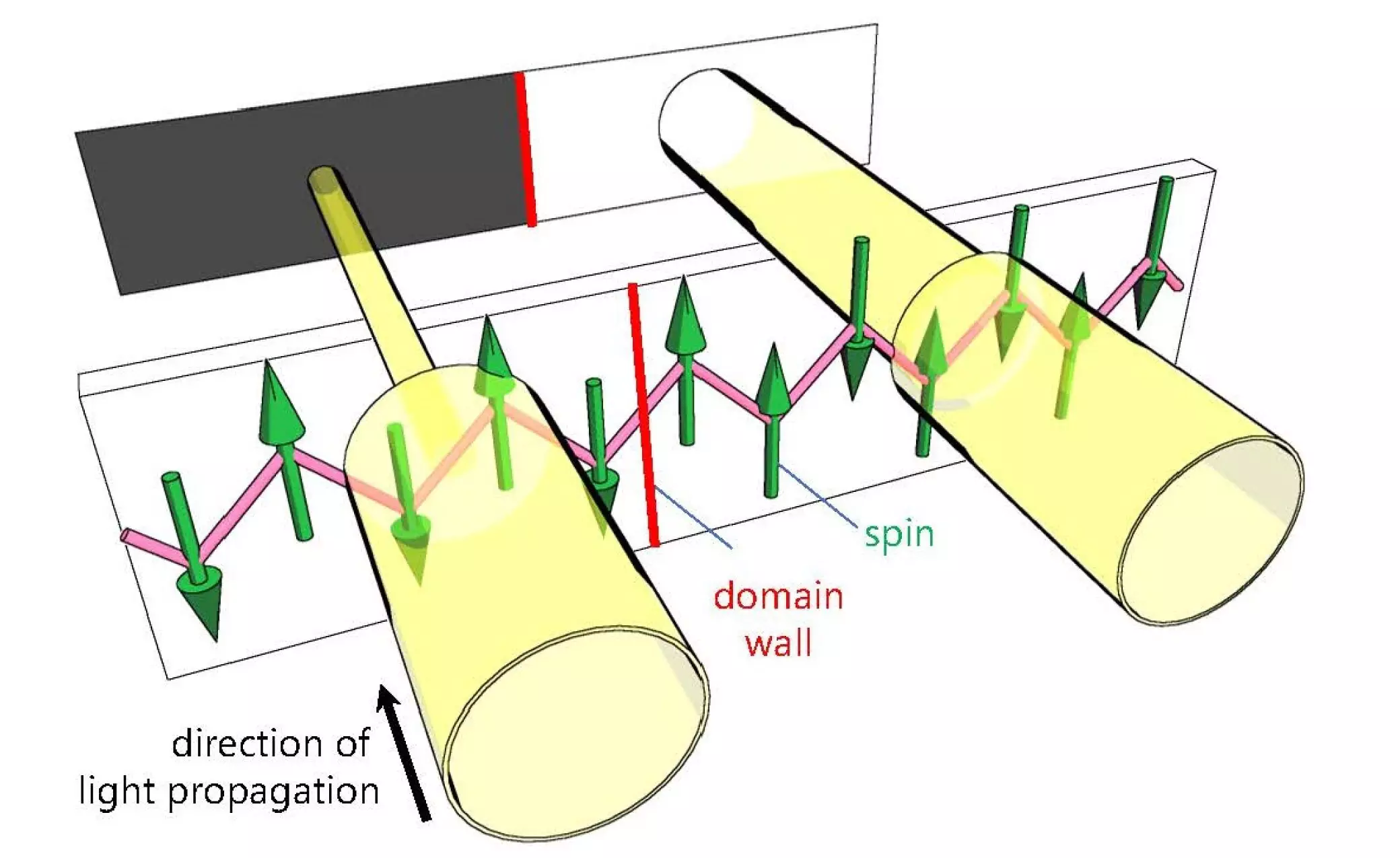The intricate world of magnetism continuously captivates scientists and technologists alike, primarily due to the vast applications it holds in modern electronics. Recent research spearheaded by teams from Osaka Metropolitan University and the University of Tokyo has illuminated a particularly enigmatic domain of magnetism: antiferromagnets. These materials, characterized by their unique magnetic properties, do not exhibit traditional north and south poles due to their magnetic spins aligning in opposing directions. Recent breakthroughs in the visualization and manipulation of these magnetic domains using light have opened new avenues for technological evolution.
Antiferromagnetic materials have swiftly become central to the research and development of next-generation electronics, primarily due to their distinct properties, which differ significantly from standard ferromagnets. Their lack of a net magnetic field renders them an intriguing challenge for physicists and engineers. Researchers are now focused on better understanding these materials, especially those with quasi-one-dimensional characteristics—where magnetic properties primarily manifest in one-dimensional atomic chains.
One of the primary hurdles in studying antiferromagnets is the challenge of visualizing their internal magnetic domains. In standard magnetic materials, domain walls define the boundaries between regions with varying magnetic spins. However, due to the low magnetic transition temperatures and reduced magnetic moments in antiferromagnetic materials, traditional observation techniques have proven inadequate. It was within this context that the innovative approach taken by the research team emerged.
The scientists focused on the quasi-one-dimensional quantum antiferromagnet BaCu2Si2O7. By utilizing a technique known as nonreciprocal directional dichroism, which allows detection of variations in light interaction based on the direction of light and magnetic moments, the researchers could successfully visualize the magnetic domains within the material. This revelation was monumental; it demonstrated the coexistence of opposing magnetic domains within a single crystal, as well as the alignment of domain walls along specific atomic chains.
Lead author Kenta Kimura expressed the significance of this milestone: “Seeing is believing and understanding starts with direct observation.” This statement encapsulates the essence of their groundbreaking work. Visualizing these magnetic domains marks a paradigm shift, facilitating a clearer comprehension of quantum antiferromagnetic materials.
An equally important aspect of this study involved the team’s success in manipulating domain walls using an electric field, exploiting the phenomenon known as magnetoelectric coupling. This coupling demonstrates an extraordinary intertwining of magnetic and electrical properties, allowing researchers to shift the position of the domain walls while maintaining their inherent orientation. The implications of this finding are profound; what was once merely theoretical is now a tangible technique that may lead to real-time manipulation of magnetic structures in future devices.
Kimura emphasized the simplicity and efficiency of their optical microscopy method, suggesting potential applications where rapid observation and manipulation of domain walls could become commonplace in research labs. This innovative approach promises to refine our understanding of magnetic materials and may inspire a new wave of technological advancements in electronics and information storage.
The research team’s findings signify just the beginning of a broader exploration into the realm of quantum materials. By employing their newly developed methodologies and extending them to various quasi-one-dimensional quantum antiferromagnets, the scientific community may glean essential insights into the quantum fluctuations impacting the formation and movement of magnetic domains. Such understanding is crucial as it can substantially inform the design of electronics leveraging antiferromagnetic materials, opening the door to novel applications unobtainable through conventional magnetic materials.
As the project unfolds and new research emerges, the potential for these findings to influence the design and production of quantum devices remains immense. The meticulous study and observation of microscopic phenomena promise not only to deepen our comprehension of quantum mechanics but also to play an instrumental role in shaping the technological landscape of the future.
The marriage of innovative experimental techniques and theoretical frameworks in the study of antiferromagnets sets the stage for a transformative epoch in material science and condensed matter physics. The research stands as a testament to the relentless curiosity and ingenuity of scientists committed to unearthing the complexities of the quantum world.


Leave a Reply